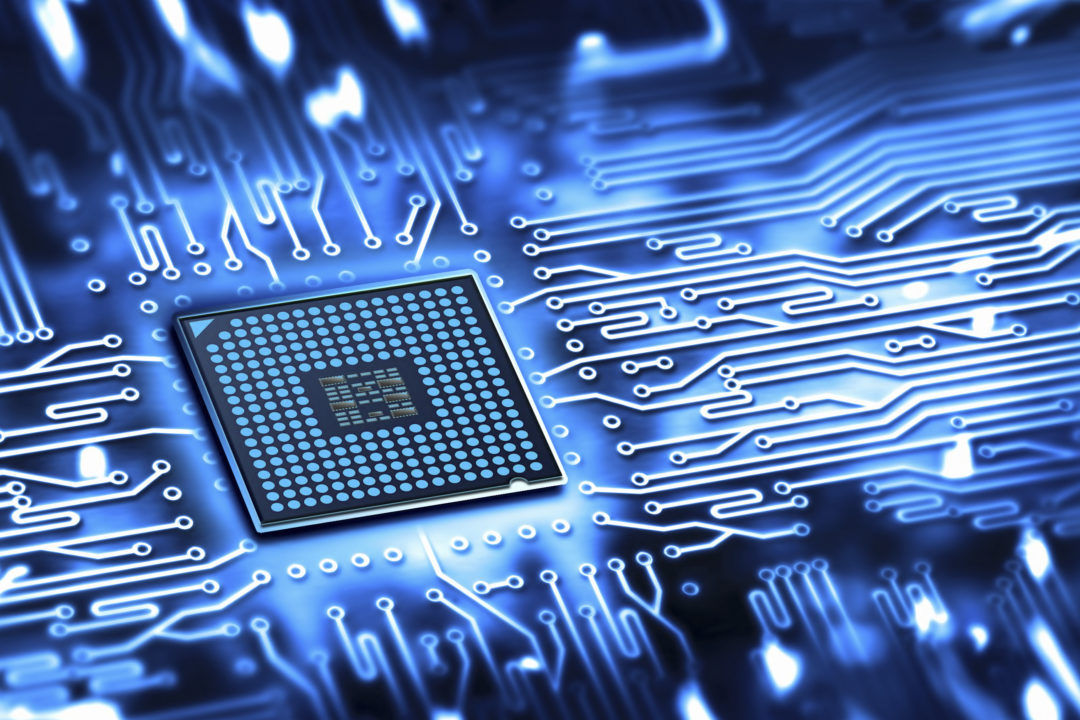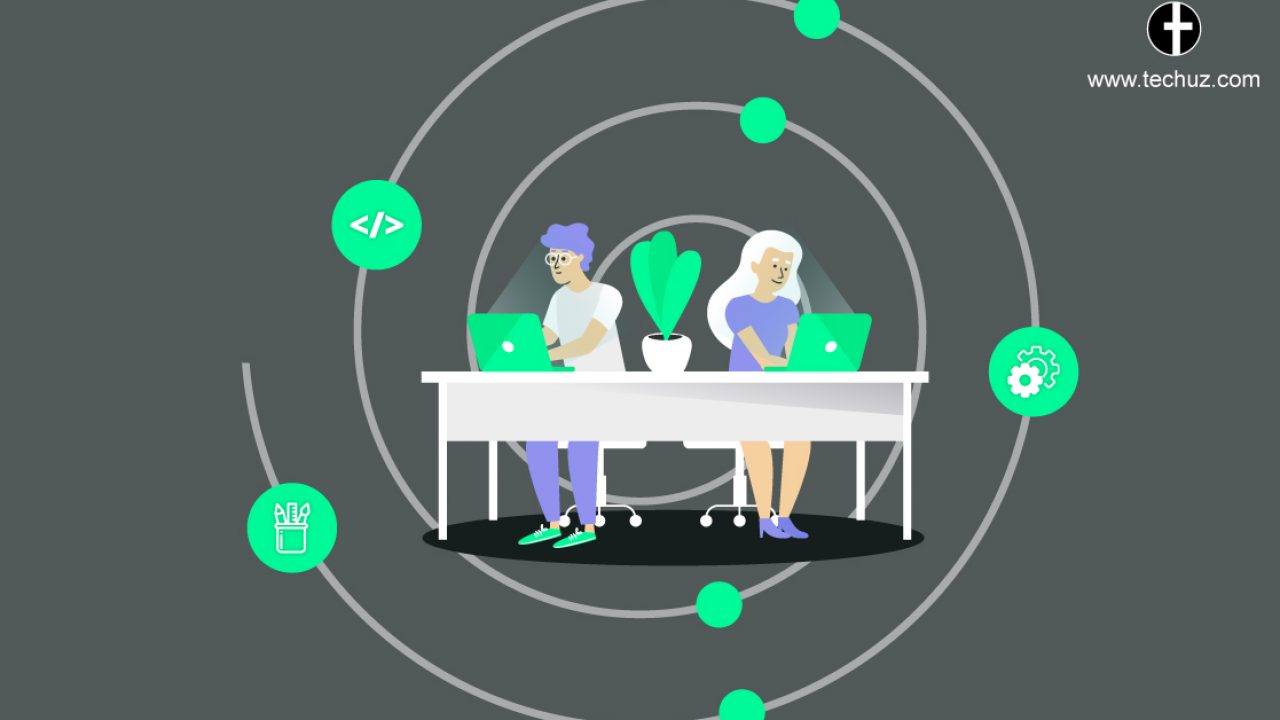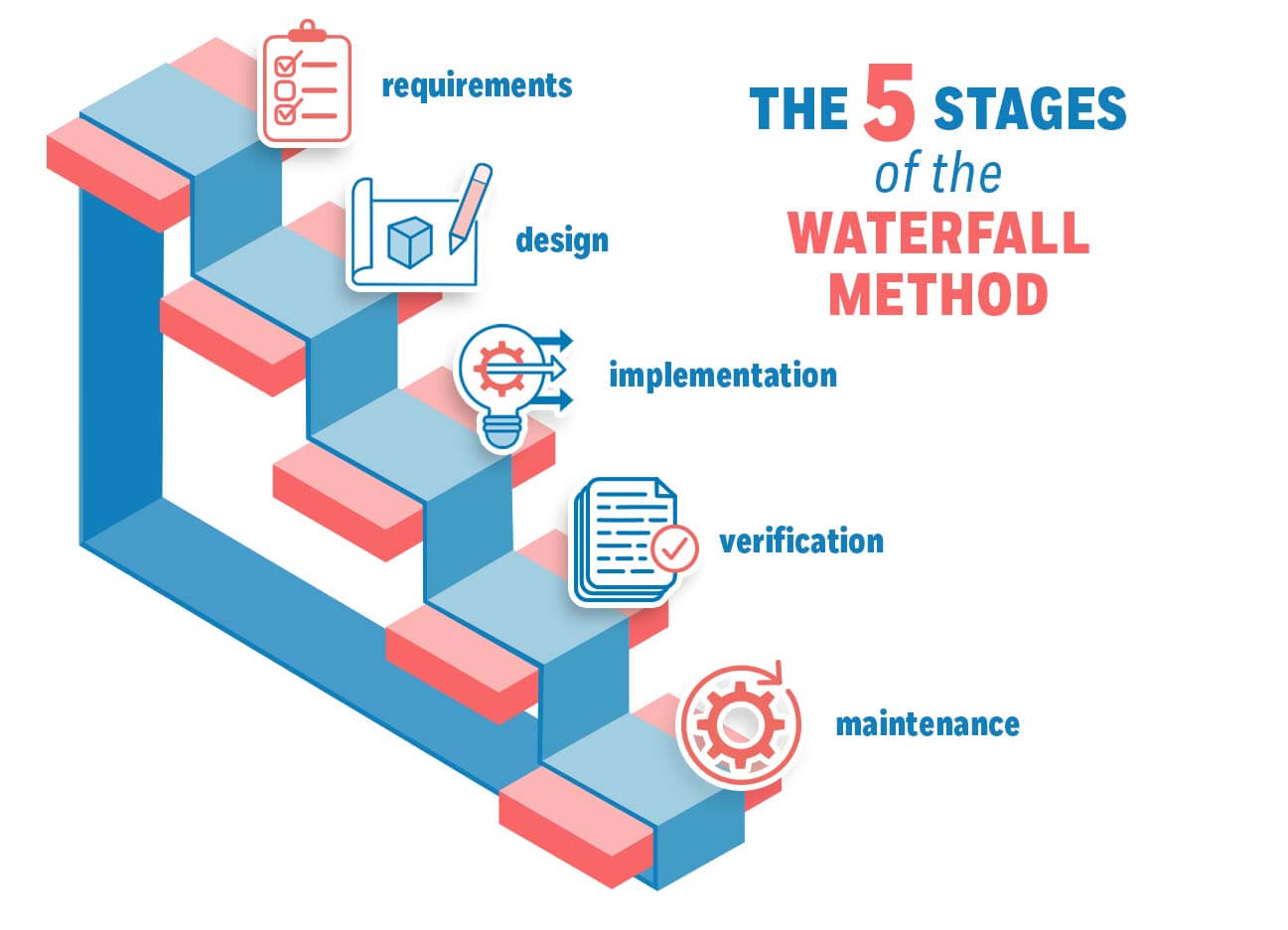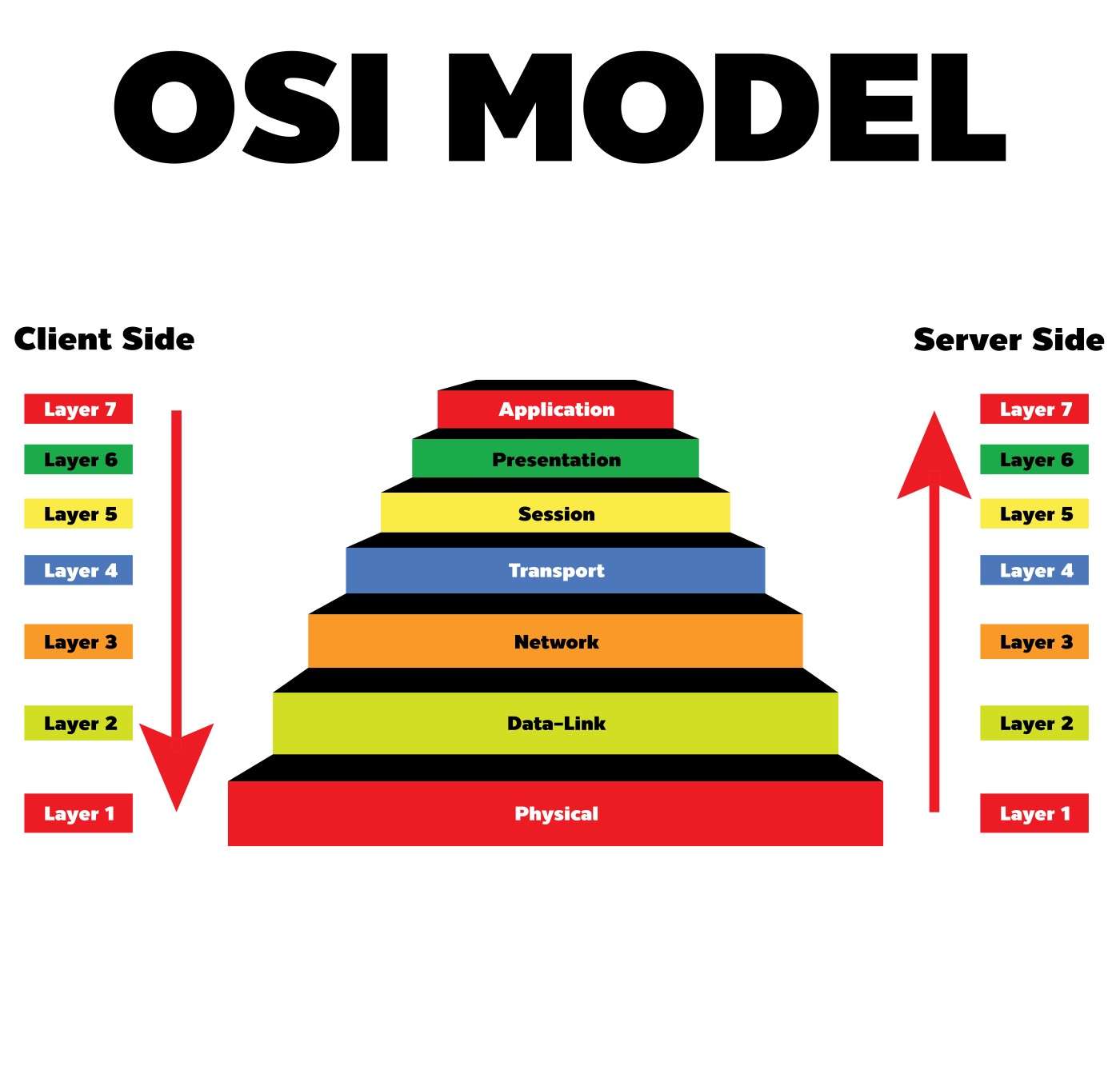Electronics: The world of electronic innovation
Published

Introduction to electronics: basics and components
Electronics is a fascinating field that involves the use of electrons and electrical circuits to control and process information. In its most basic form, electronic components are the building blocks that manipulate electrical signals. Here are some of the most important principles and components in electronics:
- Electric current: Electric current, measured in amperes (A), is the movement of electrons through a conductor. It is the lifeblood of electronics and enables the transmission of information and energy.
- Tension: Voltage, measured in volts (V), is the electrical force that drives the flow of electrons. It is the difference in electrical potential between two points and drives the current through circuits.
- Resistance: Resistance (in ohms, Ω) is the ability of a component to limit the electrical current. It is used in circuits to control the flow of current and to divide voltages.
- Capacitors: Capacitors store electrical charge and can release energy when they are discharged. They are widely used in circuits for energy storage and signal processing.
- Inductors: Inductors are coils that are capable of generating magnetic fields. They are often used to filter signals and store energy.
- Semiconductor components: Semiconductors such as silicon are the basis of modern electronics. They include diodes, transistors and integrated circuits (ICs) that control and amplify electrical signals.
Electronics is of crucial importance in areas such as communications, consumer electronics, medical technology and automation. Understanding these fundamentals and components is key to the development and repair of electronic devices and systems and enables us to shape and understand the electronic world around us.
Digital electronics: From binary numbers to microcontrollers
Digital electronics is a fundamental branch of electronics that focuses on the processing of information in discrete form. At the heart of digital electronics is the binary system, where information is represented in the form of zeros and ones. Here are some important aspects of digital electronics:
- Binary system: In the binary system, information is represented as bit sequences, with each bit having a value of 0 or 1. This simple form of representation enables information to be processed electronically.
- Logic gate: Logic gates are electronic components that work on the basis of logic operations. They are the building blocks of digital circuits and enable the linking and processing of binary signals.
- microcontroller: Microcontrollers are small, programmable computers on a chip. They contain processors, memory and input/output interfaces and are used in numerous applications, from household appliances to industrial systems.
- Memory modules: Digital electronics require memory to store data and programs. This includes both RAM (working memory) and ROM (read-only memory), which are crucial for the execution of applications.
- Programming: The programming of microcontrollers and other digital devices is an essential part of digital electronics. Programming languages such as C, C++ and Python are used to implement the desired functionality.
Digital electronics is the key to the functioning of computers, smartphones, tablets and a variety of other devices. It enables information to be processed in the form of zeros and ones, providing precise control and high computing power. This technology has significantly shaped the modern world and is driving innovation in the electronics industry.
Analog electronics: Understanding and processing signals
Analog electronics is a field of electronics that deals with the processing of continuous analog signals, in contrast to digital electronics, which uses discrete signals in the form of binary numbers. Analog electronics is about understanding, modifying and transmitting electrical signals. Here are some basic concepts and components of analog electronics:
- Analog signals: Analog signals are continuous electrical voltages or currents that usually vary as a function of time or another continuous variable. Examples include audio and video signals as well as physical measurement values such as temperature and pressure.
- Amplifier: Amplifiers are electronic circuits that are used to amplify or attenuate analog signals. They are widely used in audio amplification, communication technology and measurement and control technology.
- Filter: Filters are circuits that are used to amplify or attenuate certain frequencies in an analog signal. They are used in sound engineering to improve the sound and in communications engineering to clean up signals.
- Operational amplifiers (op-amps): Op-amps are highly amplifying components used in many analog circuits. They offer a wide range of applications, from amplification to filtering and mathematical calculations.
- Signal conversion: Analog-to-digital conversion (ADC) and digital-to-analog conversion (DAC) are processes in which analog signals are converted to digital and vice versa. This is often necessary in modern electronics in order to communicate between analog and digital systems.
Analog electronics are crucial in applications such as audio technology, wireless communication and medical technology. It enables the processing and transmission of continuous information and plays an important role in many areas where precise control and signal processing are required.
Semiconductors and transistors: the building blocks of modern electronics
Semiconductor materials such as silicon are the basic building blocks of modern electronics and form the basis for the development of transistors, diodes and integrated circuits (ICs). These tiny components are crucial to the functioning of electronic devices and systems. Here are some important aspects of semiconductor electronics:
- semiconductor materials: Semiconductors are materials whose electrical conductivity lies between that of insulators (no conductivity) and conductors (good conductivity). Silicon is the most commonly used semiconductor material in electronics.
- Transistors: Transistors are electronic switching elements that serve as amplifiers, switches and logic gates. There are different types of transistors, including bipolar junction transistors (BJT) and field-effect transistors (FET), which are used in digital and analog circuits.
- Diodes: Diodes are components that allow current to flow in one direction and block it in the other. They are used in rectifiers, voltage regulators and protective circuits.
- Integrated circuits (ICs): ICs are complex electronic components that combine a variety of functions in a single package. They range from microcontrollers to memory chips and are the basis for modern electronic devices.
- Nanoelectronics: Nanoelectronics deals with the production of components on a nanoscale level. This enables the development of more powerful and energy-efficient semiconductor components.
The discovery and further development of semiconductors and transistors have revolutionized the electronics industry. They make it possible to miniaturize electronic devices, increase computing power and improve energy efficiency. Semiconductors are the key to modern electronics and form the backbone of our networked world.








